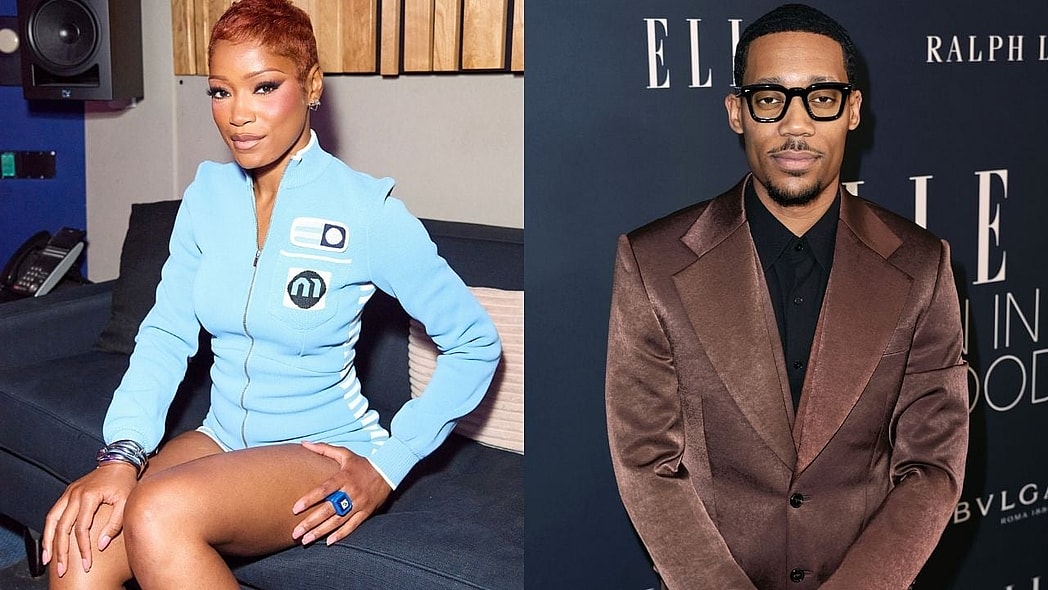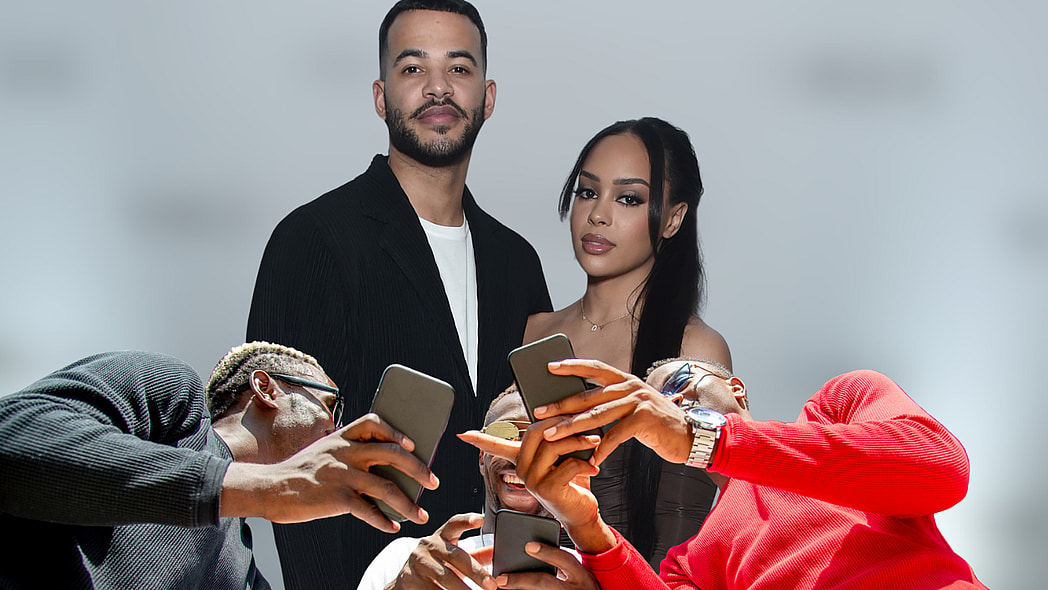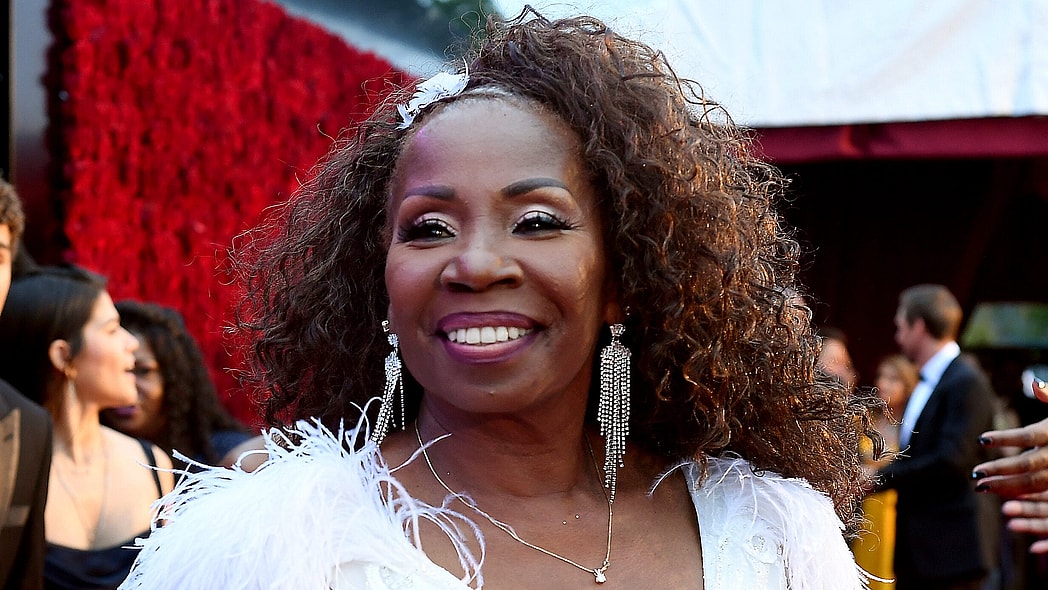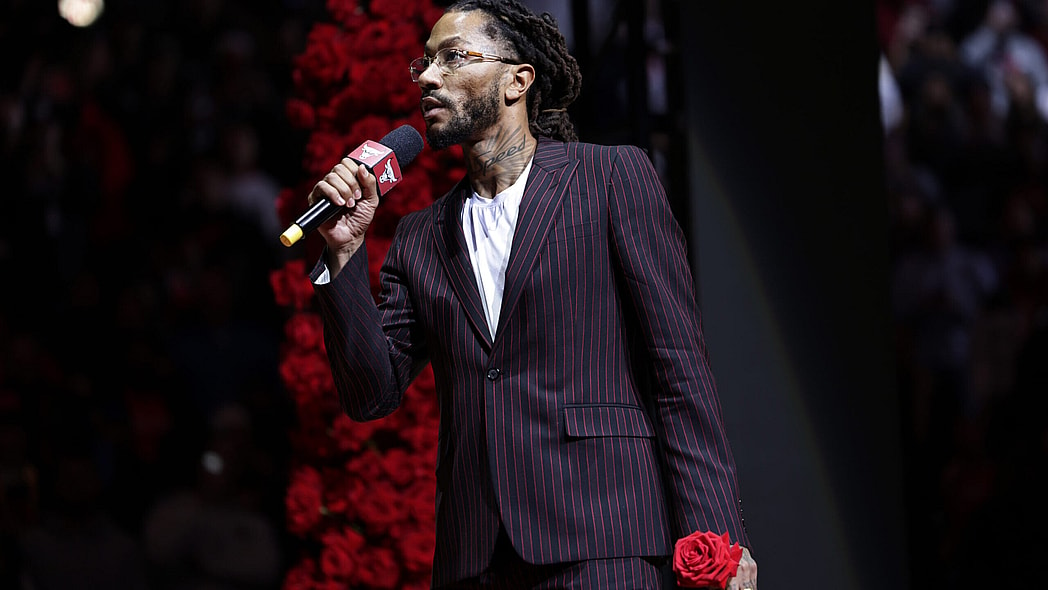It is officially homecoming season! In the midst of tailgates, step shows, and reunions on the yard, career experts encourage everyone, especially young professionals, to use homecoming as an opportunity to expand their professional networks and boost their chances of new career opportunities.
“When you are at homecoming, you are in the midst of just a high concentration of Black excellence, particularly for folks who are at HBCUs,” LinkedIn expert Andrew McCaskill told theGrio. “You get a chance to peek around the corner and see what your future looks like; to see what you’ve been working hard for.”
It is no secret that the professional job market is particularly difficult at the moment, especially for Black professionals. Multiple studies confirm the precarious state of the job market, so career experts emphasize the importance of networking to job seekers now more than ever. Just as McCaskill encourages job seekers to network regardless of where they are in their careers, he also acknowledges the celebratory nature of homecomings.
“You’re sitting at the intersection of culture and career at homecoming and in these sorts of events,” he noted. “Homecoming is a great place for you to strengthen your network and to stand out in a competitive job market. Just making a connection, one connection at homecoming to the right alum who can then introduce you to the right alum, could be the difference between you spending one month looking for a job and six months looking for a job.”
Recommended Stories
With that in mind, here are four ways you can build meaningful connections during your return to the yard:
Networking = building connections
“Networking is not about passing out business cards. Networking is about identifying a community of people who are rooting for you to win,” McCaskill explained.
While networking can lead to professional success, the root of this skill is building connections with people. So before approaching anyone, understand that this is not a time to bombard them with questions or requests for mentorship or employment. Networking starts like any conversation: with an introduction.
“Just like your goal is not to get married and have a baby with everybody that you meet in a dating scenario, your goal in networking is to have a great conversation and maybe connect later,” he added. “When networking, I want to have a conversation, introduce myself to someone, where they [learn] something about me, I hear and take in something about them, and then maybe we connect and have another conversation later.”
Understanding time and place
Homecoming is filled with a variety of events. Before rushing to secure your seat at the annual step show, McCaskill recommends stopping by the campus alumni office to see what events offer opportunities to network in a more “traditional” way (ex: mixers, panel discussions, etc.). However, if the opportunity presents itself outside of these more formal networking spaces, don’t hesitate to spark conversation with the alumni around you.
“Look, most people at homecoming are not going to necessarily be in the mindset of talking about work, particularly at cocktail parties and social mixers and at the tailgate,” he explained. “Yeah, there may be cocktails involved, there may be some stepping involved, there may be a bunch of old-school storytelling involved, but if you are in those spaces with your fraternity brothers or your sorority sisters, it is a great opportunity [to build connections].”
Practice and preparation
McCaskill says job seekers should approach these conversations with “curiosity and confidence.” To ensure confidence, he recommends preparing and practicing a 30-second elevator pitch that explains who you are, what you do, and what you’re looking for (hint: you’re looking to connect further or stay connected). Once you’ve perfected your introduction, ensure that your LinkedIn profile is updated and/or utilize virtual business cards or features like LinkedIn QR codes to seamlessly connect with people regardless of the circumstance.
“We all have our phones on us most of the time, no matter whether we’re in line for some Hennessy or we are in line into the game,” he added. “When you’re talking to a person, nine times out of 10, they might not give you their number, or you might not be able to spell their name for their email, but you could pull up their LinkedIn right there. You make a connection, and you send yourself a note to make sure that you hit that person back.”
Don’t forget the follow-up
Following up with people is just as important as the initial encounter. After meeting someone at homecoming who could turn into a potential professional connection, be sure to include a personalized note in your email or LinkedIn request — mentioning something from your conversation. However, this is not a one-and-done step. Be sure to engage with your new connection to continue building a relationship far beyond the realms of homecoming.
“You got to have the relationship-building and community-building mindset,” McCaskill said, highlighting LinkedIn’s ‘Catch Up’ tab, which allows users to stay updated on their connections’ career milestones, etc. “People want to know that you are thinking about them before you need them. So all of those things matter.”
Ultimately, as you step into homecoming, McCaskill wants everyone to remember to “ bring the best of you to wherever you are. So, you can have a quick two-minute conversation in a fun environment and turn it into a powerful networking moment. We’re talking about Black folks who have turned everything that’s difficult into something amazing. And you can easily turn a fun homecoming moment into a powerful networking moment.”










